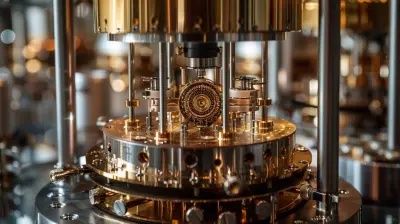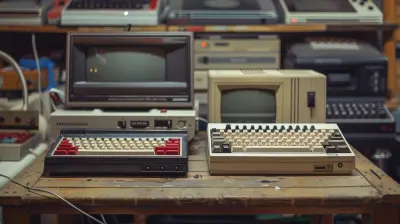How 5G is Transforming Smart Cities and Urban Infrastructure
25 June 2025
Let’s be honest—buzzwords like "5G" and "smart cities" get tossed around all the time. But here's the big question: what does it all really mean for the cities we live in? Is it just faster internet on our phones, or are we looking at a complete urban overhaul?
Spoiler alert: it's the latter.
The truth is, 5G is doing a lot more than giving us lightning-fast TikTok downloads. It's completely reshaping how cities operate—a silent revolution that's changing the backbone of our urban infrastructure. In this post, we’re going deep into how 5G is transforming smart cities and why it’s a game-changer for the future of urban living.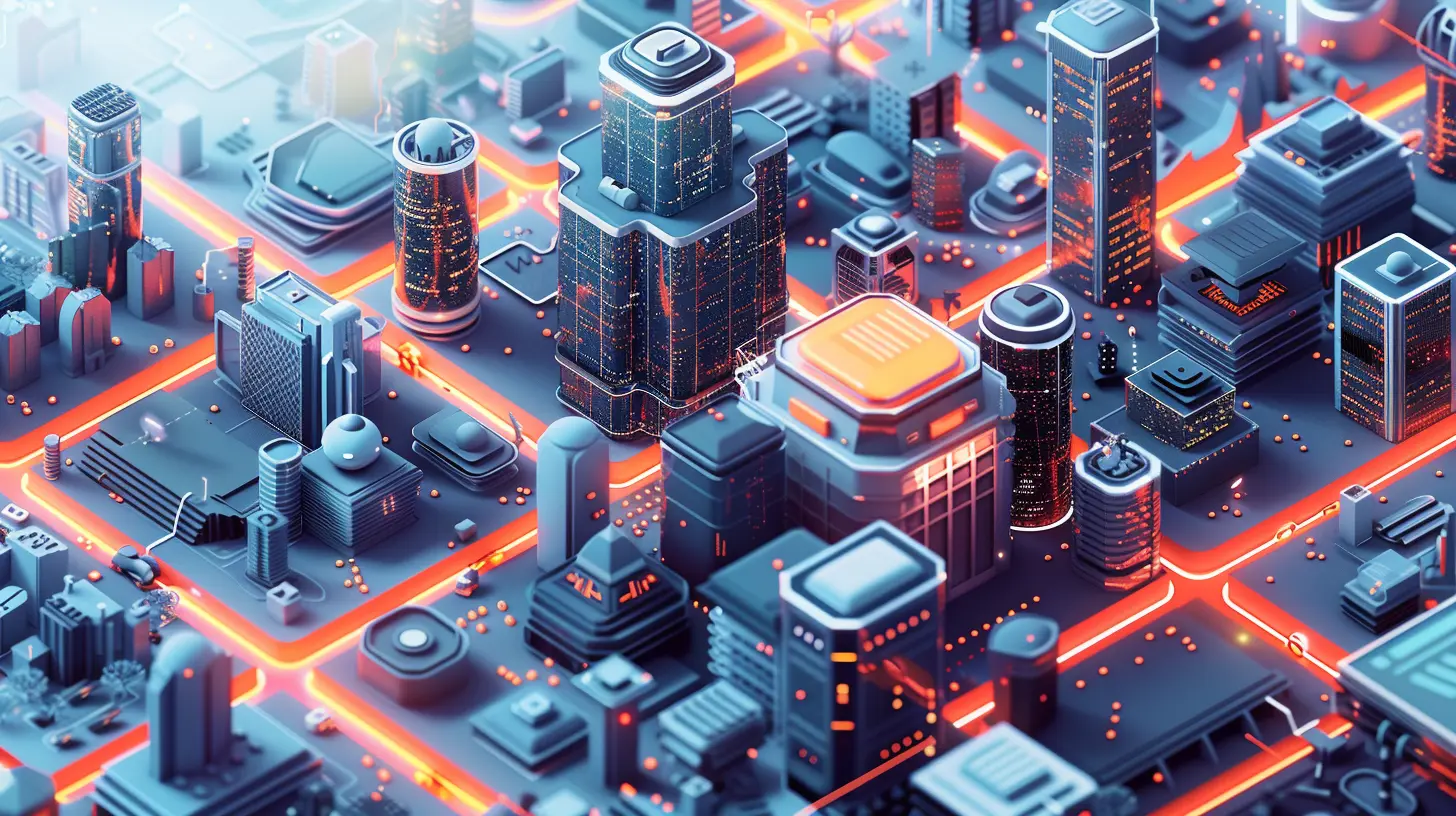
What’s the Big Deal About 5G?
Okay, so before we dive into smart cities, let’s get one thing straight—what makes 5G so special?5G (aka the fifth generation of wireless tech) isn’t just about speed. Sure, it’s up to 100 times faster than 4G, but the real magic is in its ultra-low latency and massive device connectivity. We're talkin’ response times so fast, they’re measured in milliseconds. That’s faster than the blink of an eye.
Now imagine hundreds of thousands of devices—from traffic sensors to trash bins—all connected and talking to one another in real-time. That’s what 5G unlocks. It's not just a step forward—it's a giant leap for all things digital and urban.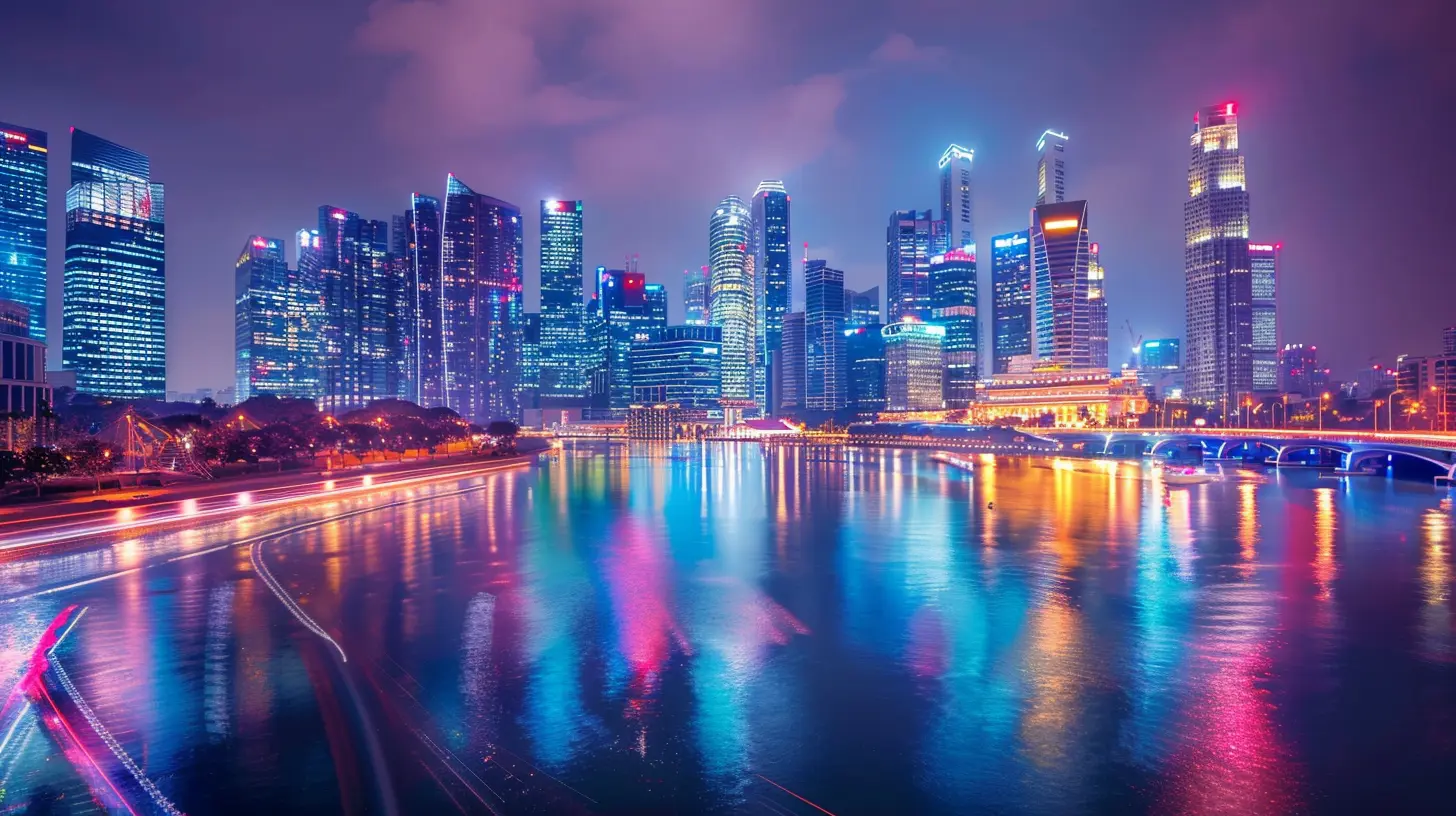
Smart Cities Need Smart Tech
So what qualifies as a "smart city"? Great question.A smart city uses digital tech and data to improve quality of life, boost efficiency, and reduce costs. That can mean anything from smart streetlights and intelligent traffic systems to AI-powered public services.
But, here’s the kicker: all of these smart elements need to communicate. They need to exchange data constantly—and instantly. And that’s where 5G comes into play.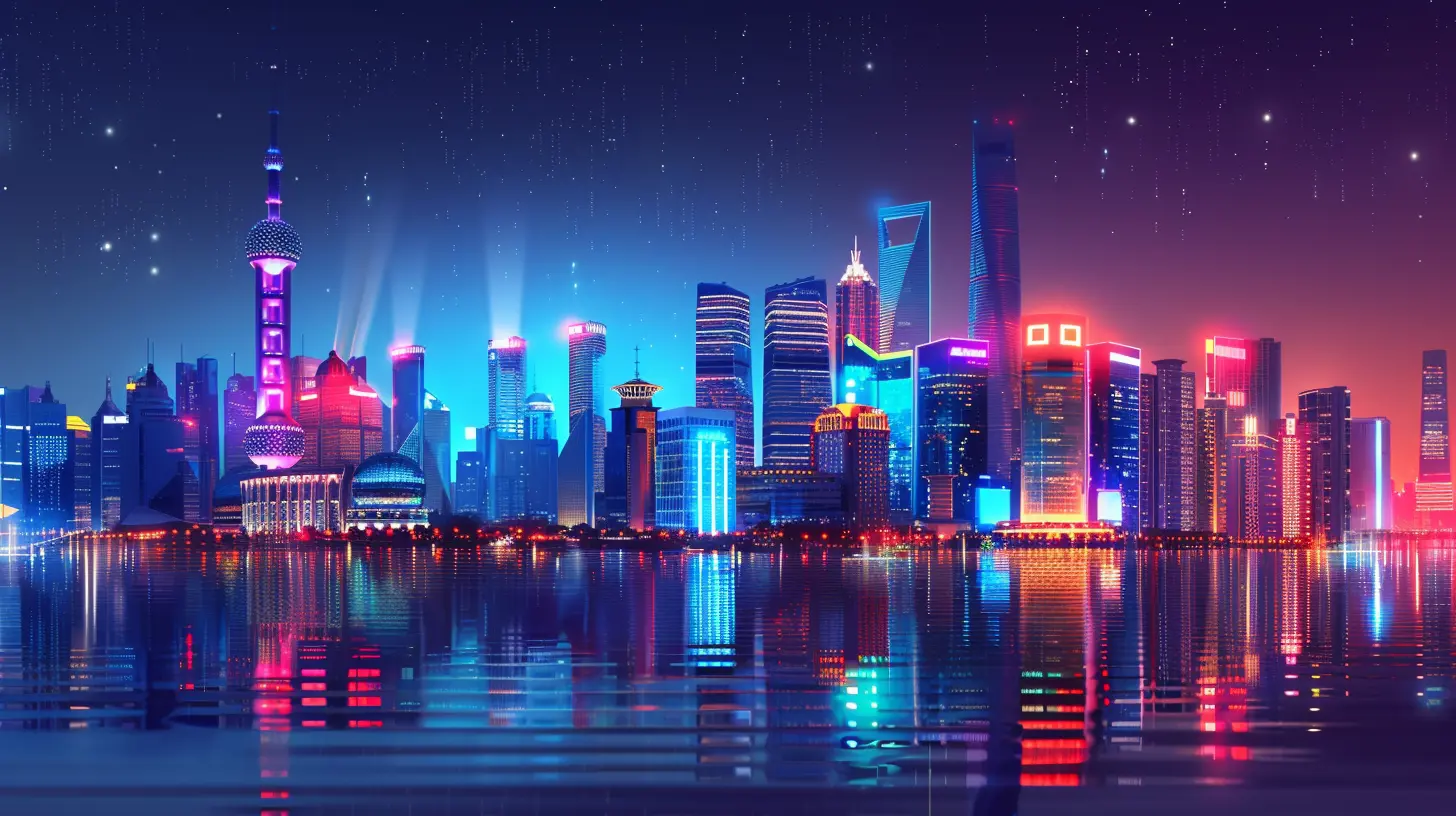
1. Traffic Management Gets a Brain
Let’s say you’re stuck in traffic. Again. Yeah, we've all been there—bumper to bumper, honking horns, frustration levels rising. But imagine a city where traffic lights adjust in real-time based on actual traffic flow. Sounds dreamy, right?With 5G, it’s possible.
Here’s how:
- Real-time data transfer: Traffic sensors send live updates about congestion, roadblocks, or accidents.- AI traffic lights: Smart signals adjust patterns based on the data they receive—not just pre-set timers.
- Vehicle-to-everything (V2X): Cars communicate with each other and with infrastructure (like traffic lights), making roads safer and way more efficient.
That means less waiting, fewer accidents, and lower emissions. Pretty cool, huh?
2. Energy Grids Get Smarter
You know how our power grids used to work? Like your old VHS player—pretty outdated and prone to failure.But 5G allows for real-time grid monitoring and control. Smart grids can now:
- Predict energy demand
- Auto-adjust supply to avoid blackouts
- Integrate with renewable sources like solar and wind
- Detect and fix outages instantly
And the best part? These grids talk to smart homes and smart buildings, optimizing energy usage down to the last kilowatt.
3. Public Safety on Steroids
Now here’s where things get a bit sci-fi (but in the best way).Thanks to 5G, cities can deploy an entire suite of public safety upgrades:
- Real-time surveillance using AI-powered cameras that detect unusual behavior.
- Drones that respond faster than patrol cars in emergencies.
- Augmented Reality (AR) overlays for first responders to see building layouts or hazard zones through smart visors.
In short, 5G gives emergency services superpowers—with better info, faster response times, and smarter coordination.
4. Smarter Waste and Water Management
Let’s talk garbage and sewer pipes—yeah, not the most glamorous stuff, but absolutely crucial.With 5G, utilities can deploy IoT sensors that monitor:
- Trash levels in bins (so they’re only emptied when full)
- Water leakage in underground pipes
- Wastewater levels to avoid overflows or contamination
By detecting issues early, cities save a ton of money—and avoid crises before they even happen.
5. Enhanced Public Transportation
Trying to catch a bus in the rain, not knowing if it's late or already passed? The worst.But 5G enables:
- Real-time transit tracking on apps and digital signs
- Smart ticketing systems that work seamlessly with your phone or smartwatch
- Autonomous public shuttles that reduce labor costs and pollution
The whole public transit experience becomes smoother, more reliable, and honestly, more fun.
6. Urban Planning Becomes Data-Driven
Traditionally, urban planning involved a lot of guesswork. But with 5G generating massive amounts of real-time data, city planners can now:- Track human movement patterns
- Monitor environmental conditions
- Predict future infrastructure needs
For example, if data shows foot traffic increasing in a certain area, the city could build new walkways, public spaces, or even launch a new bus route. Data doesn’t lie—it guides smarter decisions.
7. Smart Buildings That Think for Themselves
Your office turning off the lights and adjusting temperature the moment you leave? That's not magic—that's 5G-driven automation.Smart buildings can:
- Interact with city infrastructure
- Monitor occupancy in real-time
- Adjust HVAC and lighting systems to save energy
- Alert maintenance teams before things break
This reduces both operational costs and carbon footprints. A win-win.
8. A Boost for Sustainability
Let’s not forget the planet.Because 5G enables micro-efficiencies across every urban system, it directly contributes to lowering our environmental impact:
- Fewer cars idling in traffic = less CO₂
- Efficient power distribution = reduced emissions
- Smart water systems = better conservation
In short, 5G is the invisible tech helping cities become leaner, cleaner, and greener.
9. Smart Healthcare and Telemedicine
Ah, healthcare—a sector that saw massive digital acceleration in recent years.Thanks to 5G, we’re looking at:
- Remote surgeries via robotic arms operated in real-time from anywhere in the world
- AR-guided medical training
- Smart ambulances that connect with hospitals before arriving
And with telemedicine booming, doctors can diagnose and monitor patients from afar, especially valuable in underserved urban areas.
So, What’s the Catch?
Alright, before we get carried away with the 5G love-fest, let’s address the elephant in the room.Yes, there are challenges:
- Infrastructure costs are sky-high (you need loads of small cell towers)
- Security concerns—more connected devices mean more hacking opportunities
- And yes, data privacy is a big deal
But despite the hurdles, the momentum is already there. Governments, tech giants, and startups alike are investing big-time in 5G—and for good reason.
The Future: A Living, Breathing Urban Ecosystem
Imagine this: You step out of your smart apartment in the morning. Your AI assistant tells you the train is 3 minutes late, so you grab a coffee as your smartwatch pays automatically. As you walk, smart streetlights turn on just ahead of you. A drone zips by overhead, delivering medical supplies to a nearby clinic. Traffic flows like a symphony, perfectly harmonized.That’s not a sci-fi movie. That’s the near-future city built on 5G.
Final Thoughts
5G isn’t just another upgrade—it’s the foundation for a completely new way of living in cities. From traffic to trash, from energy to emergencies, everything becomes more connected, more intelligent, and more efficient.And while we’re just at the beginning of this journey, the roadmap ahead is crystal clear: cities that think, respond, and adapt in real-time. Thanks to 5G, the metropolis of tomorrow is already under construction today.
So, next time your phone tells you you’re on a 5G network, remember—it’s not just about faster downloads. It’s about a smarter city.
all images in this post were generated using AI tools
Category:
Tech InnovationsAuthor:

Adeline Taylor
Discussion
rate this article
2 comments
Sofia Barker
5G technology is revolutionizing smart cities by enhancing connectivity, enabling real-time data sharing, and improving infrastructure efficiency, ultimately fostering sustainable urban development and citizen engagement.
November 13, 2025 at 1:31 PM
Valen Roth
5G is revolutionizing smart cities by enhancing connectivity, enabling real-time data exchange, and supporting IoT infrastructure. Its low latency and high bandwidth facilitate more efficient traffic management, improved public safety, and optimized energy usage. As cities adopt 5G, urban planning will evolve, fostering sustainable growth and smarter resource allocation.
July 1, 2025 at 11:33 AM

Adeline Taylor
Thank you for your insightful comment! You’ve highlighted key ways 5G is transforming urban living and enhancing resource management. Exciting times ahead for smart cities!

